#AutoSales
As U.S. Auto Industry Declines Again, Subaru Reports All-time Record Sales in August 2017
Subaru’s eight-month-old U.S. monthly sales record of 63,177 units, reported in December 2016, fell by the wayside as Subaru of America posted its 69th consecutive year-over-year sales increase in August 2017.
Subaru sales last month jumped 5 percent over August 2016 to 63,215 units, breaking the brand’s all-time record by a scant 38 units.
Why is Subaru’s August growth and record achievement so important? There are four key reasons.
FCA Canada Often Reports Zero Fiat 500L Sales, Stands by Fiat 500L for the Foreseeable Future
Fiat Chrysler Automobiles did not sell any Fiat 500Ls in Canada in August.
Hyperbole has gotten the best of modern society. You might say, “Those chips have no taste,” when asking your grocery-shopping spouse to stop buying those Garden Veggie Straws you so detest. But there is some taste; just not much. (Recommended: the rosemary olive oil flavor.)
“Alex Ovechkin doesn’t score goals any more,” your Capitals-loving son says. No, Ovechkin just doesn’t score as many goals as he used to.
Politicians never work together. There’s no sea ice in the Arctic. Subcompact crossovers always suck.
That’s the sort of rhetoric that minimizes the value of truth when truth is presented in an equally straightforward fashion. But in all seriousness, FCA Canada truly did not sell a single Fiat 500L in August 2017.
In fact, with alarming frequency, FCA Canada’s sales reports don’t include any Fiat 500L sales. But FCA Canada is sticking to its guns, unrelenting in the face of a horrifying popularity dearth, immutable when challenged by a Fiat lineup that needs an overhaul. FCA Canada confirmed as such to TTAC this morning: there will be a 2018 Fiat 500L.
Fiat Chrysler Automobiles Has Now Been Losing Sales For 12 Consecutive Months
August 2017 represented the twelfth consecutive month in which U.S. sales at Fiat Chrysler Automobiles declined on a year-over-year basis.
FCA volume slid 11 percent in August, a loss of nearly 21,000 sales, as retail and fleet volume declined. The decreases were most keenly felt at Jeep and Chrysler, which tumbled 15 percent and 33 percent, respectively. But Dodge, Ram, and Fiat sales also reported losses compared with August 2016.
More troubling than the poor August results, however, is the predictability of August’s results. FCA’s disappointing trendline began in September 2016. Year-over-year, FCA lost 187,000 sales over the last 12 months.
U.S. Auto Sales Brand-by-Brand Results: August 2017 YTD
A predicted auto sales improvement in August, expected to be the first year-over-year increase in 2017, gave way to decreases for many automakers as Hurricane Harvey’s drastic effects shut down demand in one of the nation’s largest auto markets for the final quarter of the month.
According to Edmunds, Ford, Ram, GMC, Cadillac, and Mitsubishi all claim Texas as their largest market. The period surrounding Labor Day produced 4 percent of America’s new vehicle sales in 2016, but that figure will undoubtedly fall because of Harvey’s devastating impact.
America's Best-Selling Vehicles in 2016, State by State - What Are Your Neighbors Buying?
The Toyota Camry, America’s best-selling passenger car in 2016 for a 15th consecutive year, was not the best-selling overall vehicle in any one state last year.
According to registration figures tabulated by Kelley Blue Book and highlighted by USA Today, the Honda Accord, Honda Civic, and Toyota Corolla were the only cars to claim any state-wide auto sales victories.
In 15 other states, utility vehicles of one variety or another (Ford Escape, Honda CR-V, Subaru Outback, and Toyota RAV4) were tops in overall vehicle sales. Hawaii’s sales crown stayed in the hands of the Toyota Tacoma. GM’s full-size truck twins ruled the roost in eight states, largely east of the Mississippi.
That leaves the Ford F-Series’ F-150 variant, the top-selling vehicle in America, to take top honors in 22 states, including its biggest market of Texas.
America's Minivan Segment on Track for Worst Year Since 2009 - the Depths of the Recession
Eight years ago, American consumers, businesses, and governments acquired only 10.4 million new vehicles.
Sound like a lot? The U.S. auto industry generated an average of 16 million new vehicle sales in the five years leading up to 2009; 16.3 million annually over the last half-decade.
With the overall market’s collapse, it’s not surprising to hear that very few minivans were sold. Claiming only 4.3 percent of the industry’s volume, minivans collected only 448,000 sales.
At the current rate of decline through 2017’s first seven months, this year won’t be quite that bad. But it’s on track to be almost that bad, and the worst year since.
The World's 20 Best-Selling Vehicles in 2017's First Half
The Ford F-Series was the planet’s best-selling line of new vehicles in the first half of 2017. Boosted by a 9-percent year-over-year global sales increase, the broad F-Series range produced 519,000 total sales in 2017’s first six months, according to JATO Dynamics, about 47,000 more sales than the second-ranked Toyota Corolla.
The F-Series wasn’t the only pickup truck on the list of Earth’s 20 most popular vehicles in 2017, to date. FCA’s Ram P/U lineup ranked 11th and the Chevrolet Silverado grabbed the 15th position. The United States market, on its own, accounts for the overwhelming majority of global sales generated by these full-size pickup families: more than 80 percent for the F-Series, just under 80 percent for the Ram, and nearly 90 percent for the Silverado.
Utility vehicles, meanwhile, earned seven of the top 20 positions. And while seven of the nine cars sold less often in the first half of 2017 than in the equivalent period in 2016, six of the seven crossovers reported year-over-year improvements.
Canadians Are Falling Head Over Heels in Love With the All-new 2018 Honda Odyssey, As They Should
In the 2016 calendar year, the Honda Odyssey was Canada’s 41st-best-selling vehicle.
In the first half of 2017, as the fourth-generation Odyssey’s tenure came to an end, the Honda van plunged 11 positions to 52nd. Odyssey sales were down 18 percent, year-over-year. Odyssey volume was on track to fall to a five-year low. Hashtag minivans dead.
Then, descending from the top of Mount Fuji with a Soichiro-shaped halo, hosting enough seats for the entire Odyssey SCCA pit crew, declaring 30 more horses than the original Acura NSX, equipped with enough gears in its transmission for 2.5 copies of the Toyota Yaris, and speaking with just enough of an Alabama twang to be authentically North Americanized, the 2018 Honda Odyssey appeared.
Canadian sales of the Honda Odyssey consequently rose to the highest level in 15 years. And so shall it ever be.
If Current Trends Hold, the Toyota Prius Will Not Be America's Best-selling Hybrid in 2018
If current marketplace trends hold, the Toyota Prius will not be America’s best-selling hybrid by next year.
The steep rate of decline experienced by the Prius in 2017 is no surprise. For one thing, it’s a continuation of the decline we saw earlier in the fourth-gen Prius’ tenure. For another, there are new Prius competitors, such as the Hyundai Ioniq and Toyota’s highly efficient 2018 Camry Hybrid. But the Prius’s rapid slide — sales are down by a third so far this year — is also what Toyota predicted at the turn of the calendar.
Yet even if the rate of Prius decline suddenly and unexpectedly slows, it’s difficult to imagine a scenario in which the Toyota Prius, long the dominant hybrid in America, holds onto its crown as the top seller for long.
The victor in 2018 will, however, almost certainly be a Toyota.
Cadillac Sales Volume Plunged in July 2017, or Did It?
Expand your horizons. See the forest, not just the trees. Look west of the Pacific Coast Highway.
Cadillac sales plunged in the United States in July 2017, dropping by more than a fifth to only 11,227 units. That 22-percent dive was the worst for Cadillac’s U.S. operations since April of last year. The 11,227-sale result represented a five-month low for Cadillac in the United States and the lowest-volume since 2011.
But Cadillac is increasingly a less U.S.-centric automotive brand. Just three short years ago, two-thirds of Cadillac’s volume was produced in its American home market. Fast forward to July 2017 and the majority of Cadillac’s volume isn’t produced in the market where it’s suffering from such dwindling demand.
Rather, Cadillac generates the bulk of its global volume outside of America, where Cadillac demand is rapidly increasing.
Brexit Blamed For Continued Slowdown In United Kingdom Auto Sales
Auto sales in the United Kingdom tumbled 9 percent in July 2017, a fourth consecutive year-over-year monthly decline for a market that had surged to record-high levels in the first-quarter of 2017.
A transitioning period for the Ford Fiesta — entering a new generation that is almost certainly not bound for North America — dropped the UK’s normal best-selling vehicle out of the top spot for a second consecutive month. Another Ford, the Focus, took over as the UK’s top-selling automobile as total sales at Ford, the UK’s top-selling brand, plunged 24 percent compared with July 2016.
Ford’s drop was by no means the only sharp decrease. Losses of more than 20 percent were also reported by Alfa Romeo, Citroën, Citroën’s DS brand, Fiat, Jeep, Peugeot, and Vauxhall.
Apparently, Brexit is to blame.
Subaru Quarterly Profits Rise Because Of America, But It Could've Been Even Better
Global Subaru operating income rose 19 percent to $1.06 billion in the quarter ending June 30. Net income was up 4 percent to $733 million on an 11-percent revenue increase to $8.9 billion.
Why?
Subaru’s long since gone to look for America. And while U.S. auto sales keep on slowing — falling for a seventh consecutive month in July 2017, for example — Subaru’s U.S. sales keep on rising. July, in which Subaru begins the current fiscal year’s second quarter, was Subaru’s 68th consecutive year-over-year monthly increase.
The U.S. market generated six out of every ten global Subaru sales between April and June.
U.S. Auto Industry Slowdown, Eh? Canadian Auto Sales on Track for Fifth Consecutive Record Year After Big July
Canadian auto sales jumped 5 percent in July 2017, a big jump for an industry that has now posted growth in six of 2017’s first seven months.
Year-to-date, sales are well ahead of 2016’s pace: 58,000 units greater than in the first seven months of 2017. In fact, on a quest for the Canada’s first ever year of more than 2,000,000 sales, the industry would now need a genuine downturn in 2017’s final five months to avoid a hugely successful year.
More proof that the Canadian auto industry’s on a hot streak? Even passenger car sales are… well, they’re only down slightly.
Toyota: U.S. Auto Market "Very, Very Healthy"
Toyota Motor North America’s executive vice president for sales, Bob Carter, is not ready to rain down doom and gloom on the state of the U.S. auto market.
From Toyota’s perspective, even the July results — 2017’s seventh consecutive month of decline, and the worst decline yet — didn’t represent the end of the American auto industry as we know it. In fact, total Toyota/Lexus U.S. volume actually increased 4 percent despite a shorter sales month than in July 2016.
While aware of the overall climate, in which Toyota sales are down more than 2 percent this year, Toyota’s U.S. sales boss says he’s “energized,” according to Automotive News. “The industry is not at a pace where it was in 2016 — we didn’t expect it to be at the pace of 2016,” Carter says, “but it’s still very healthy.”
And not without good reason.
U.S. Auto Sales Brand-By-Brand Results: July 2017 YTD
July 2017 auto sales were expected to decline for a seventh consecutive month, sliding further and faster than at any point this year. In the end, with incentive spending up 5 percent, U.S. auto sales dropped 7 percent in July 2017, a year-over-year decrease worth roughly 105,000 sales.
Detroit was to blame for much of the losses, in part because of steep reductions in fleet volume. General Motors, Ford Motor Company, and Fiat Chrysler Automobiles combined to lose 76,000 sales. General Motors came within 4,050 sales of losing the top seller’s crown to Toyota as GM July volume fell to a five-year low. At Ford Motor Company, total Ford/Lincoln volume fell to a six-month low. Fiat Chrysler Automobiles suffered steep declines at Jeep, Chrysler, Dodge, and Fiat.
Detroit automakers were by no means the only manufacturers losing U.S. auto sales in June. The Honda brand was down 2 percent, Nissan slid 4 percent, Kia and Volkswagen both fell 6 percent, and Hyundai plunged 30 percent.
But there were also bright spots. Audi sales rose 3 percent for its 79th consecutive monthly increase. Subaru sales, rising 7 percent in July, improved for a 68th consecutive month. And at Toyota, where the RAV4 was by far and away America’s top-selling utility vehicle in July, total volume rose 4 percent to 193,155 units, the best month for the brand in 2017 and the second-best of the last two years.



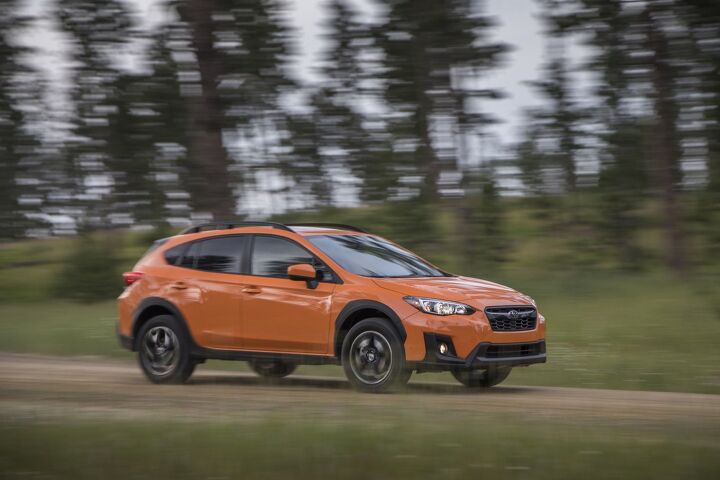
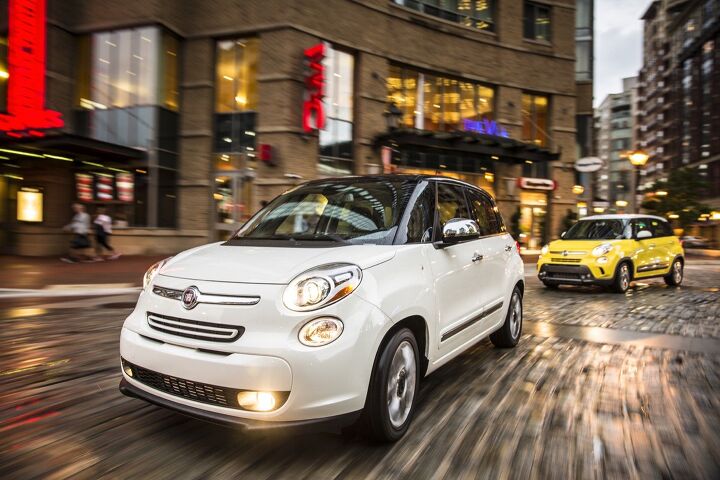
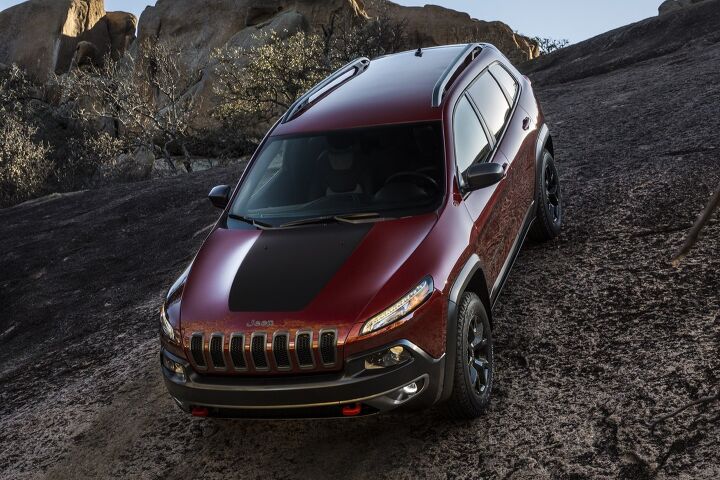




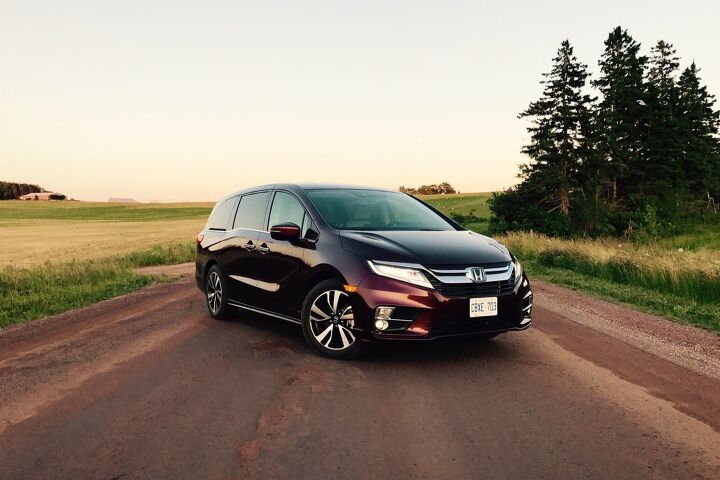


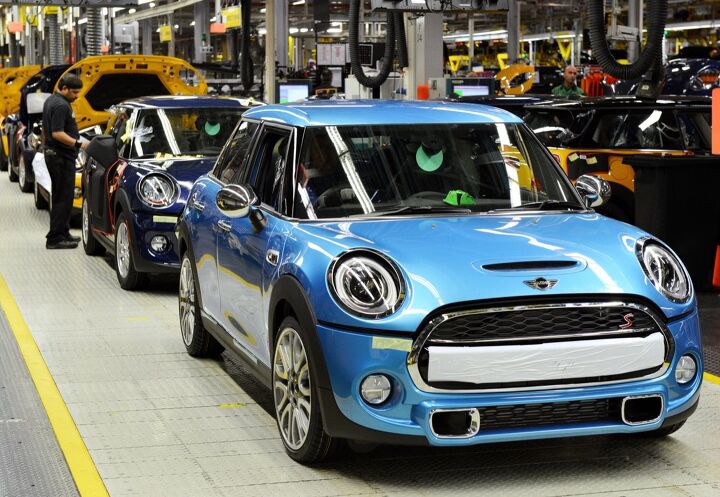
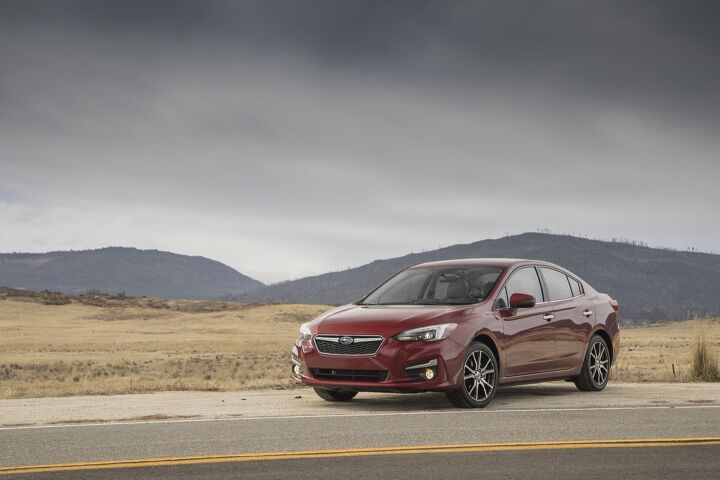















Recent Comments